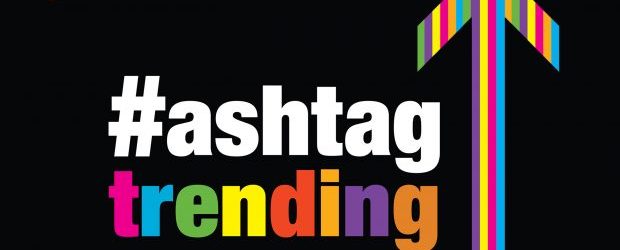The first Google Home Hub reviews are out, how auto makers are working to reduce the time you wait at red lights, and why people are keeping their smartphones for longer.
Trending on Google, reviews of the new Google Home Hub. This is Google’s own take on a “smart screen” – which is basically boils down to the capabilities of a smart speaker when paired with a screen. I know, I know, you’re saying to yourself “isn’t that just another computer?” And it definitely is, but this device definitely sounds more purpose built. Ask for a weather report, you get an hour-by-hour detail of what to expect. Instead of just listening to music, have the music videos playback here. And of course, control all your smart home equipment from one convenient touch panel. When it sits dormant, it becomes a photo frame showcasing your Google Photos. Unfortunately, this device isn’t available in Canada yet. But if you want to smuggle it across the border, it costs $149 USD.
Trending on Reddit, could a new technology from automakers mean less time spent waiting at red lights? Volkswagen, Honda, Ford, and BMW are among auto makers experimenting with a way for traffic lights to talk to your car. A pilot in Germany is giving drivers – and sometimes self-driving cars – feedback on how to hit those green lights. BMW for example, counts down to the green light. Mercedes will tell you what speed to drive in order to hit those green lights. I’m all for reducing the time I spent commuting to work, but I think I’d still prefer to listen to a good podcast in the car rather than hear traffic light status updates.
Trending on LinkedIn, people are waiting longer to upgrade their smartphone hardware. According to Hyla mobile, people are now waiting an average of 2.83 years to trade in their old smartphones. Two years ago, it was 2.5 years on average. People are likely holding onto their devices for longer because of two main factors. First off, devices are getting more expensive. We saw multiple manufacturers launch devices priced at more than $1,000 this year. Second, carriers are offering fewer subsidies to win new subscribers. So people actually have to pay that hefty cost up front.
